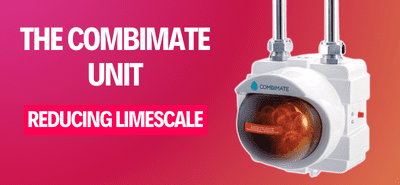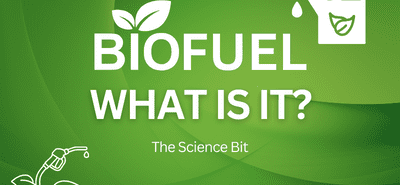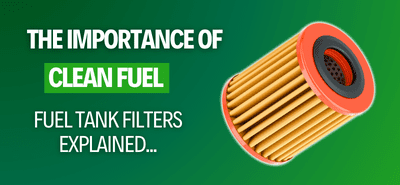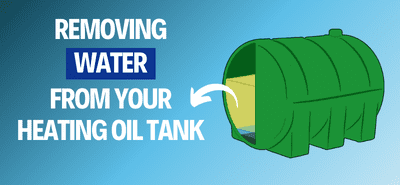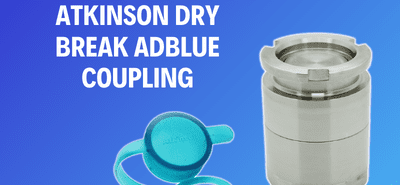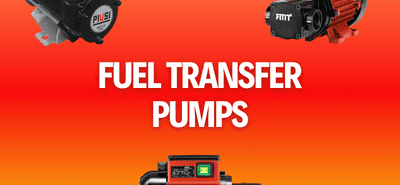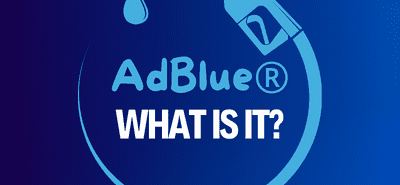Water Pump Types Explained
At Fueldump we supply a range of Pedrollo water pumps from Centrifugal, Peripheral to Self-Priming. Knowing the difference between the different types can be confusing. So by creating a guide to help you understand the differences and how each of the water pumps work, it can make choosing a Pedrollo water pump easier.
Centrifugal Water Pumps
Centrifugal water pumps are any pump that induces flow or raises pressure of a liquid which results in a pumping action. The centrifugal is the preferred hydraulic pump and is used in over 95% domestic and industrial applications. They are low in cost and maintenance, simple to operate and as a result are used universally.
Inside the case of the pump lies a impeller, which consists of a set of curved vanes. These vanes rotate when submersed in water which with it rotates the liquid. By doing this it builds up a centrifugal force to the water particles and forces the water out. An easy way to imagine this is the effect of water flicking off a car tyre on a wet road. Rather than a scooping action from the vanes on the impeller the force comes centrifugally.
The diagram above shows the flow of water flowing in from the suction pipe. The impeller then rotates the fluid, building pressure within it and forces it out the discharge pipe ready to pump.
Centrifugal water pumps have different impellers depending on the application. The three main types are:
- Enclosed
- Semi Open
- Open
The closed impeller closes the vanes up from both ends with shroud plates and is the most efficient. However, the semi-open and open type impellers are for viscous liquids of liquids containing solid materials.
For centrifugal water pumps to work, they must always be submersed in water or operate on flooded suction lines. The main problem with this type of pump is air. For example, when a standard centrifugal pump encounters air it becomes air-bound. As a result it becomes harder to pump 
 air than water, which means that the pump can no longer force the water out with pressure.
air than water, which means that the pump can no longer force the water out with pressure.
When in working order the pump will be full with water with no traces of air. If air gets into the pump somehow it will bind the pump and will become stuck until the air can be removed.
Peripheral Water Pumps
Peripheral water pumps, also known as regenerative or turbine pumps have a similar appearance to a centrifugal  pump. The internals are different in the way they are capable of developing high discharge heads at low flow rates. The fluid in a peripheral pump is pumped into a peripheral channel (around the edge of the casing). Unlike standard centrifugal pumps, the curves do not flatten as the fluid flow decreases. To summarise the fluid moves along the circumference for the inlet to the outlet of the casing with increasing pressure.
pump. The internals are different in the way they are capable of developing high discharge heads at low flow rates. The fluid in a peripheral pump is pumped into a peripheral channel (around the edge of the casing). Unlike standard centrifugal pumps, the curves do not flatten as the fluid flow decreases. To summarise the fluid moves along the circumference for the inlet to the outlet of the casing with increasing pressure.
The application for peripheral pumps require careful evaluation of the maximum pressures which can be developed at zero flow condition.
Self-Priming Water Pumps
Self-priming centrifugal water pumps resolves the problem that the standard centrifugal pump encounters. This type of pump prevents air binding by mixing the water with air to create a fluid that is like pure water and is able to pump normally. After this process is complete the pump then gets rid of the air and moves the water only like a standard centrifugal pump.
During the priming cycle the air will enter the pump and mix with the water at the impeller. The water and the air exit together by centrifugal force of the impeller into the water reservoir. Eventually the air will rise and the water will sink.
Now the water is free of air making it heavier, that water flows back down into the impeller. Which is now ready t o mix with more air entering the suction line. Once that all the air has gone and made a vacuum in the suction line, the pressure forces water into the suction line towards the impeller and pumping can begin.
o mix with more air entering the suction line. Once that all the air has gone and made a vacuum in the suction line, the pressure forces water into the suction line towards the impeller and pumping can begin.
When pumping begins the re-circulation of water stops and the next time the pump starts it will self-prime. It will be able to once again mix the water and air to create a pump-able fluid until the pump is ready to operate normally.
To see our full range of Pedrollo pumps, ideal for water & diesel please see here :- Pedrollo Pumps






